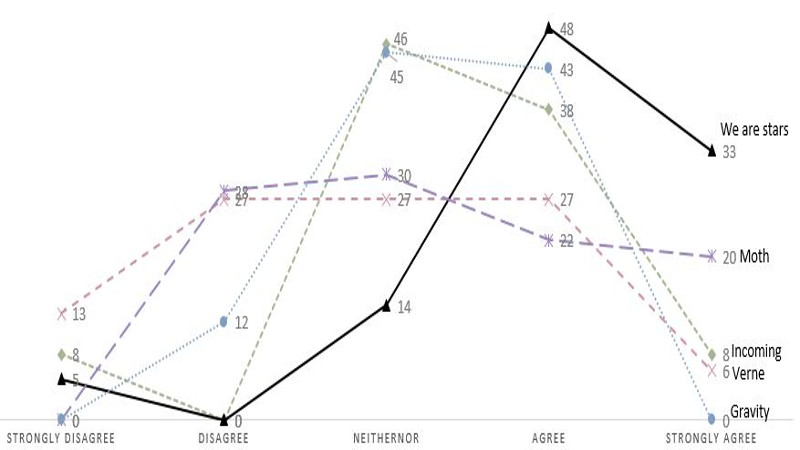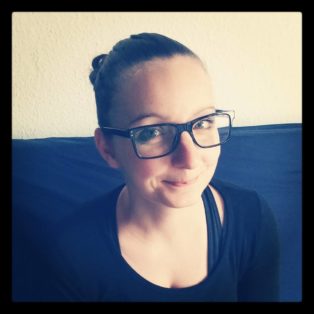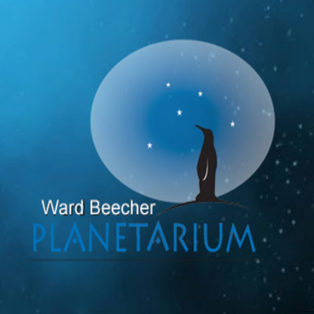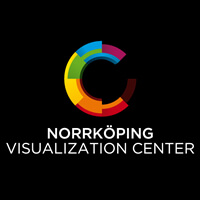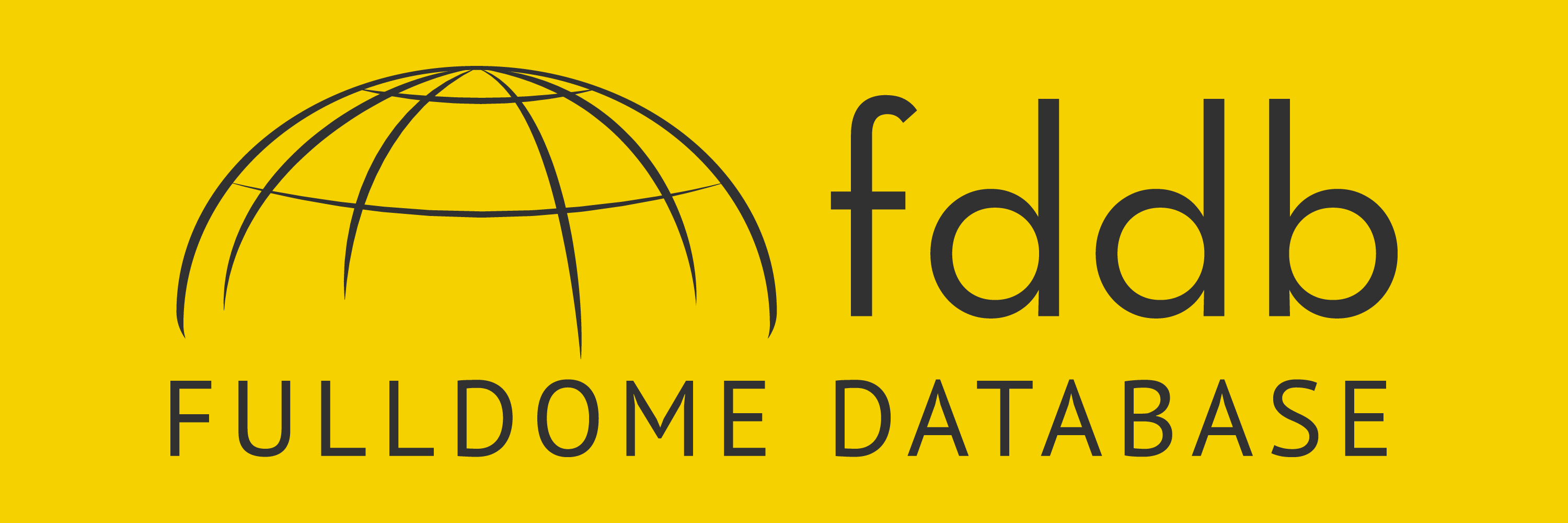Domography and High Frame Rate, a Paper by Maren Kiessling and Aaron Bradbury
Pertaining to my research about the future cinema, especially the change of the visual dramaturgy in context of ‘new’ technologies like 3D, full dome, VR, HFR and so on, I will outline the importance of visual narration.
Fulldome by its nature allows many different viewpoints. For example, it is important to understand how the viewer moves their head during each shot and to know what is achievable. In two fulldome studies (Leicester Nov. 2016, Denver Feb. 2017) I was able to consider habituation, feelings/perception, the perception of focus, quality and rhythm, also presence and immersion. This paper shows some results of the studies and how HFR can support spatial films in their dramaturgy. Also, I will outline the change of the visual dramaturgy in the dome - how the 'domography' should be made to fascinate the audience. It is important to consider these aspects because we need a qualitative use of the new technologies – not for a ‘cinema of attraction’ (Gunning 1990) but to attract the audience with a cinema of qualitative and attractive narration.
Creating qualitative narrative films with high entertainment value is a keystone of immersive productions for fulldome. It is, of course, useful to produce with a high technical standard, but without having the magic touch for a qualitative use related to the story, it will only be one in the row of attraction hunting fulldome films. Like in canvas cinema it is necessary to use the audio-visual tools and the technical support to create qualitative, story-based full dome films.
Please click on the image below to read the full paper.
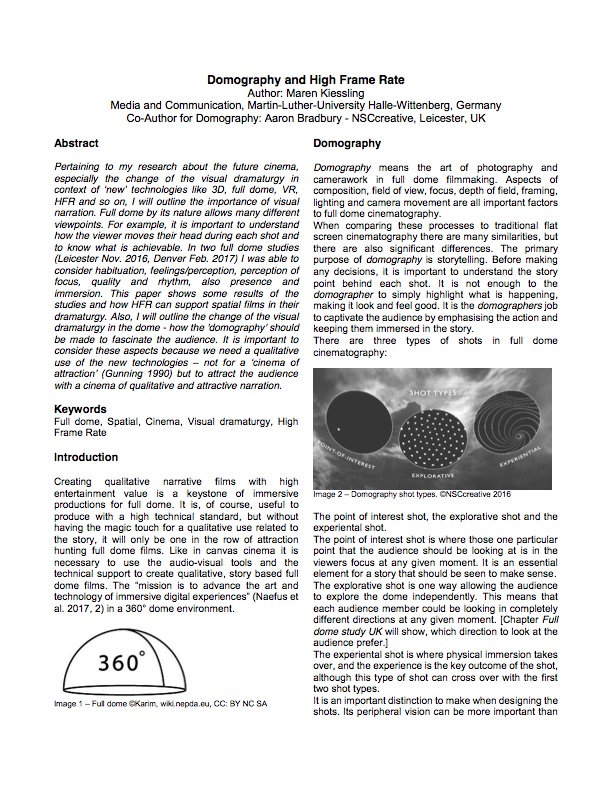 Author: Maren Kiessling (PhD MLU Halle-Wittenberg) and Co-Author for Domography: Aaron Bradbury (NSC Creative, Leicester).
Author: Maren Kiessling (PhD MLU Halle-Wittenberg) and Co-Author for Domography: Aaron Bradbury (NSC Creative, Leicester).
 Author: Maren Kiessling (PhD MLU Halle-Wittenberg) and Co-Author for Domography: Aaron Bradbury (NSC Creative, Leicester).
Author: Maren Kiessling (PhD MLU Halle-Wittenberg) and Co-Author for Domography: Aaron Bradbury (NSC Creative, Leicester).
Have you liked this post? Subscribe to FDDB Newsletter
Start the experience!
Not yet registered?
Sign up now, it's free!
Sign up now, it's free!










